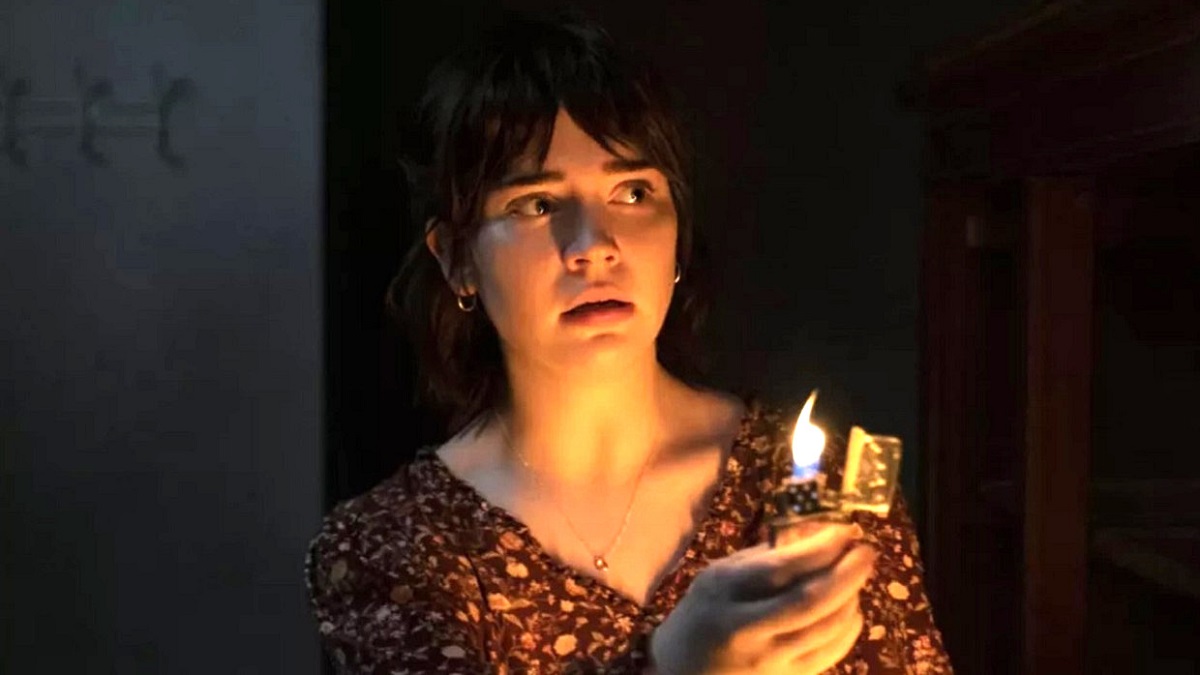With The Boogeyman upon us, we find ourselves stumbling upon a group of horror fans trying to extract the deeper meaning embedded in the film’s plot.
Based on Stephen King’s short story, it’s a given that the supernatural elements can’t be taken literally, but rather needs to be perceived as the projection of human trauma and sadness. This is what director Rob Savage told Inverse when he was asked to elaborate.
He talked in detail about how therapy – which is the movie’s central theme – and the very act of letting out one’s inherent feelings, be it grief, guilt, or regret can manifest as monsters.
“Therapy is terrifying. Opening yourself up is terrifying. Therapy is extremely exposing. It’s about speaking to your inner darkness and not letting it fester and turn into something monstrous.”
The movie has grief as its primary concept. We encounter therapist and absentee father, Will Harper (Chris Messina), and his children Sadie and Sawyer reeling from the death of his wife. At the same time, he comes into contact with his patient Lester Billings (David Dastmalchian), who’s suffering the pain of losing his children, and is also believed to have brought a supernatural entity that feeds on trauma and suffering into the world.
Savage further explained that the concept of horror in the film which can be interpreted as a materialization of grief has added a new meaning to the genre.
“Horror is great about speaking to all the things that we don’t really want to discuss, all the taboo subjects that we all think about and worry about but don’t want to verbalize. This really is a movie about mental health and leaning on other people and not isolating yourself when you’re going through periods of trauma and grief. The thing that I was really trying to lock into and what the creature really represents to me is the unspoken. It’s about this family who are all going through their own individual grieving process but haven’t figured out ways to communicate their own trauma.”
The movie might have created space for in-depth analysis and interpretations, but this isn’t something new to the genre. A great majority of past works addressing similar themes – to name Mike Flanagan’s The Haunting of Hill House and Bly Manor and Parker Finn’s Smile as just two – have broadened our understanding of horror.

